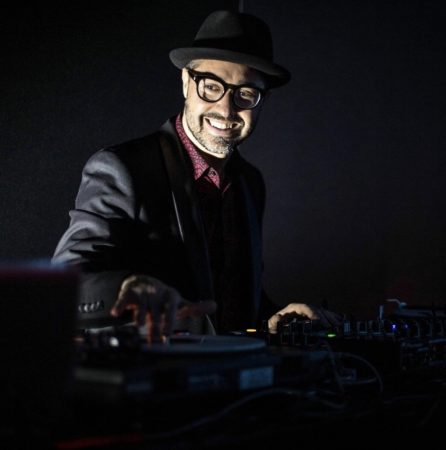A few months ago we (MediaCat Magazine) launched an interview series, to get a better understanding of how storytelling is changing as a result of emerging formats, platforms and evolving audience needs. In this latest instalment we spoke to Mirko De Crescenzo (pictured below), the Founder and CEO of Milan-based creative audio studio Jackleg, to see what he thinks about all this story stuff.
So what kinds of stories resonate with today’s audiences, do you think?

Even though viewers’ attention span is shrinking, from my experience, people still engage with high quality stories, regardless of the length, format, or specific content. For example, we’ve had a huge success in terms of views and interactions with an original bespoke soundtrack for a well-known eyewear brand where the campaign focused on the music energy and dance performance. It was entertaining, dynamic, and eye-catching for the users.
At the same time, at Jackleg, we worked on a brand film, which was more than nine minutes long. Based on a classical soundtrack, we had the opportunity to narrate the brand’s values and ambitions through storytelling methods and fully immerse the audience through the music. It was extremely successful, despite the brand being revealed at the very end of the film.
How has the market (supply and demand) changed over the years?
Previously, most sonic agencies were involved just at the very end of a campaign, during the editing process. Even though music and sound have been considered 50% of a good communication campaign, timing and budget were not aligned to this scenario.
Fortunately, we are now living a sonic renaissance where creatives develop sound first, becoming the main character of a campaign. We are involved from the beginning of the project; our expertise and point of view have become a fundamental pillar of the creative process.
That said, thanks to this “sonic boom”, the supply has been increasing exponentially, as brands do not communicate in a traditional way anymore and lean into unconventional media such as gaming and social media.
A prime example is the fashion industry, where this 360° sonic system already exists: from the fashion show (collection) and video campaign, through to the social communication and in-store experience. It all reflects the brands’ values, messaging, and tone of voice.
Recently, this method has been applied to other industries such as entertainment and automotive. The sonic branding business is growing, learning to manage more global driven campaigns.
How do emerging media formats and platforms factor into this?
I truly believe that the new formats and media platforms have a crucial role in pushing this sonic boom further.
Social media, in particular Instagram Reels and TikTok, have provided a unique opportunity for the audience to become part of the experience by re-using and giving new to original music and soundtracks. And by doing so, these videos and interactions have become even more significant, relevant and memorable than the original campaign itself.
This kind of amplification, just a few years ago, was totally impossible. We are living in a golden era of sound. At Jackleg, we are expecting to see the birth of new social media platforms in the future, but I do not think the changes are irreversible. The quality of original music and sound branding will always be an incremental part of the storytelling process within a campaign.
Featured image: Ray-Ban ‘you’re on’ campaign

























